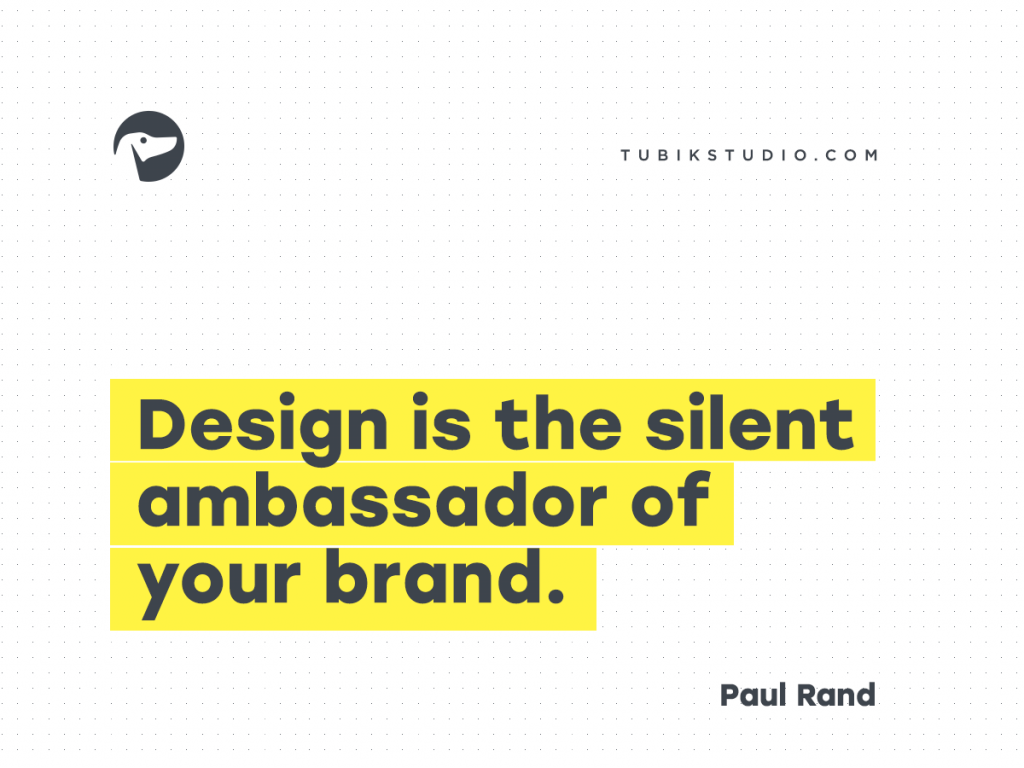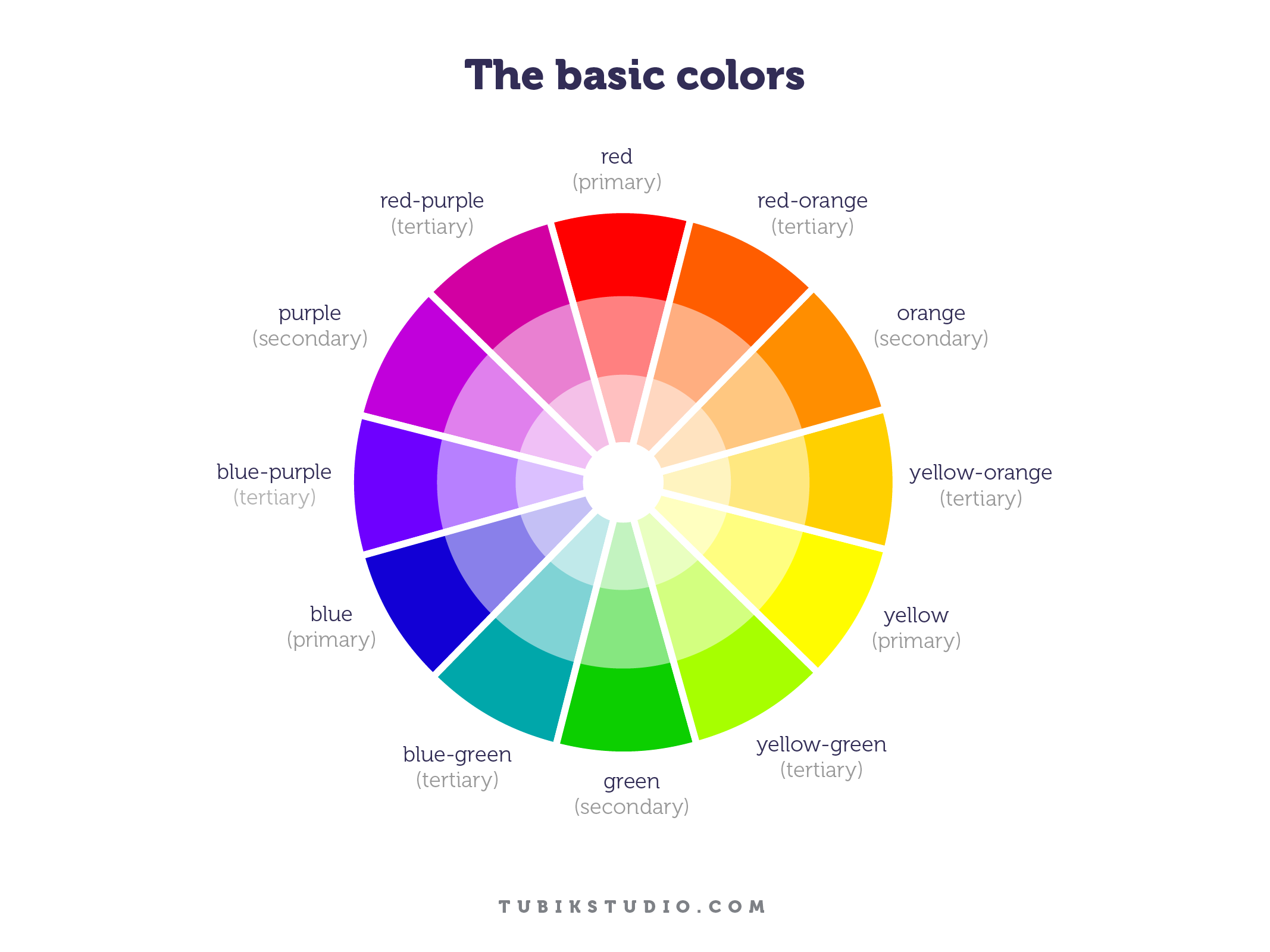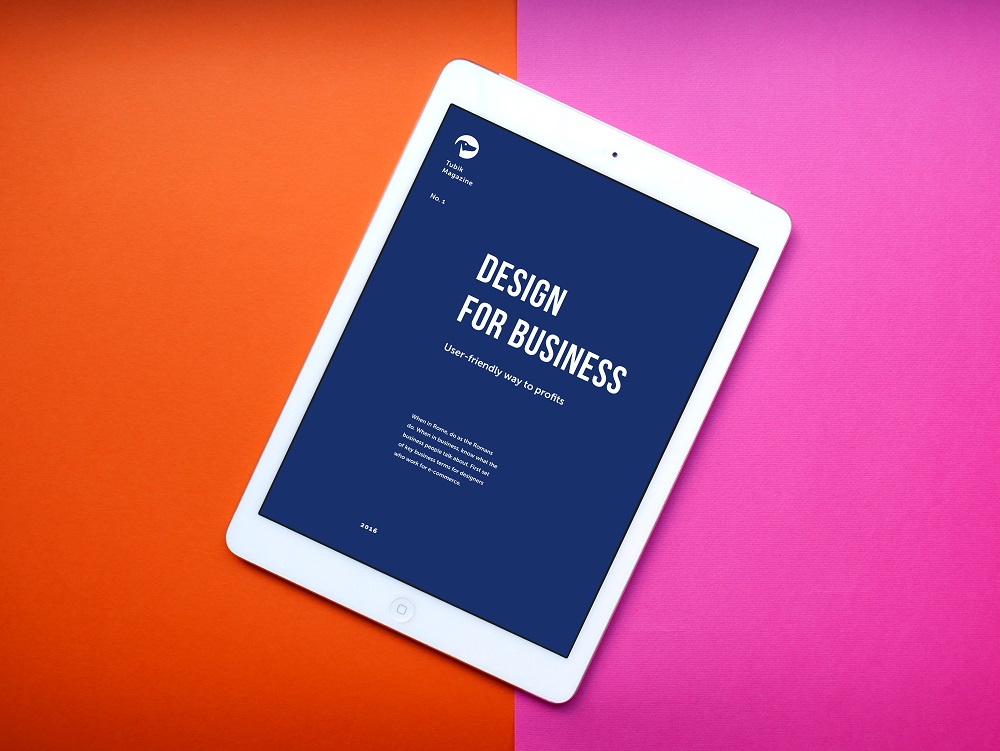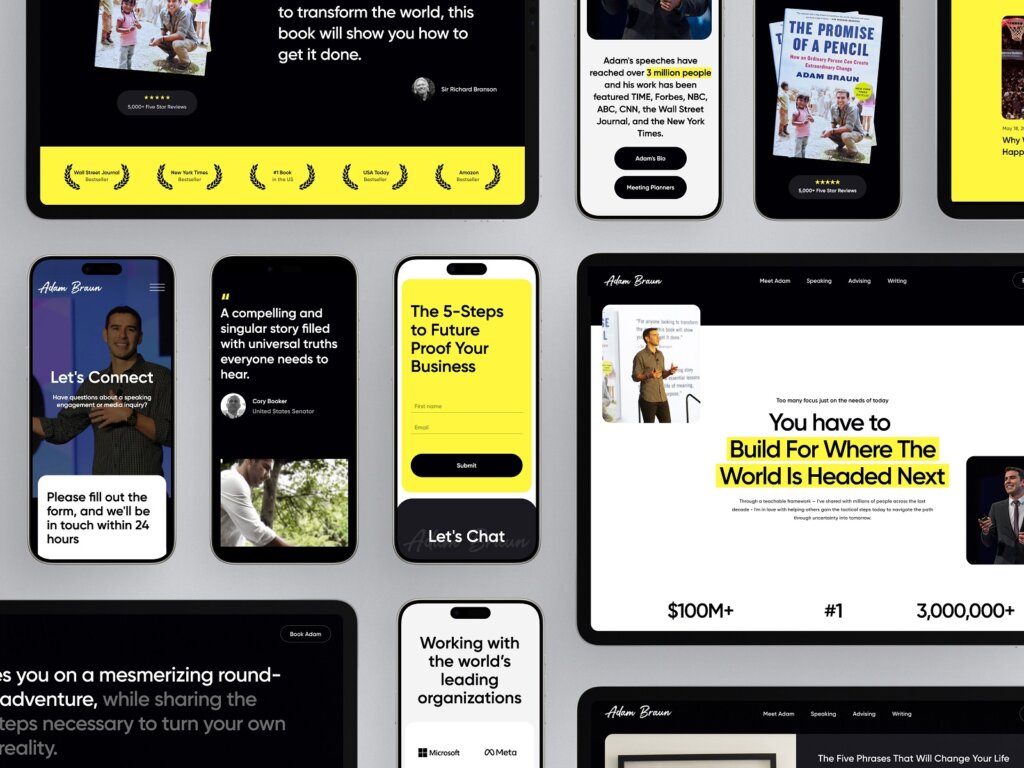We are surrounded by information. It comes from everywhere, whether we are online or offline. Our sensory system receives inputs and transmits them to the brain. The process of recognizing and interpreting the inputs is called perception. Among all kinds of perception (sound, touch, taste, smell, etc.), visual perception is primary, since 90% of information that comes to our brains is visual. Based on this, both marketers and designers recognize the importance of using visual materials in marketing strategies. Today we are going to talk about ways of making effective visual content for social media.

Visuals in Social Media Marketing
When it comes to social media marketing (SMM), graphic design is a decisive part of an overall content strategy. No matter how great the text is, no one will notice it unless it’s accompanied with nice visuals to grab people’s attention in the middle of browsing.
When telling a company’s story through graphics, it’s important to keep in mind the strategic goals applicable to a specific marketing channel. Depending on the business type, SMM can work for different purposes. Let’s look at the ecommerce business model.
Running a B2C (Business-to-Consumer) business, owners can get customers through social media because their leads reach the final stage of the sales funnel without even leaving social media networks. B2B (Business-to-Business) companies are more focused on directing potential leads to their websites in order to introduce those leads to the company and demonstrate the company’s expertise. That’s why designers should work out visual materials based on the business model and marketing strategy.
Not only marketing goals but also social media networks affect visual design. If the company communicates to its Facebook, Twitter, and LinkedIn audience in an official way rather than in a friendly way, the design should support the tone with suitable colors and typography. Whereas visual material designs for Instagram and Snapchat could be more casual and relaxed.
Types of Visual Content in Social Media Marketing
Graphics
Original graphics and unique illustrations help content to stand out on social media news feeds.

Photos
Eye-catching and creative photos are great for showing what goes on behind the scenes.

Videos
Everyone knows that a nice video gets more engagement on social media.
Animated promo video designed for Binned
Animations
Animated interactions are a great way to grab your followers’ attention or show a sneak peek of the story you are going to tell.

Quotes
Being highly shareable on social media, inspiring quote cards are great at reflecting your company values.

Screenshots
Skip long descriptions with informative screenshots.

App screens from the case study on UI/UX design for Real Racing game
Data visualizations
Data visualizations (infographics, maps, charts, diagrams, etc.) are one of the best ways to make complex information understandable.

Ebooks
Mixing textual information with visual materials, ebooks are a valuable resource.

Design for Business free e-book by the Tubik team
Presentations
Slides are one more tool for making data structured and coherent. They help to communicate to a target audience, especially for a B2B company.

Design Tips for Engaging Visual Content
We have put together some design tips that might come in handy to create masterly graphics for social media.
Сolor
As we mentioned in another article, colors have an extraordinary ability to affect people’s moods and cause different emotions based on their cultural and personal backgrounds. When picking the right hue, the designer should keep in mind the message to communicate, the company’s tone of voice, and the specifics of a particular social media network.
The primary task is to make a visual eye-catching. Not many users go on a company’s page to check recent posts. Most page followers look through updates by scrolling news feeds. So you have less than a second to make a user stop and read your message.
Deviate from monotonous color combinations. Try to insert new tints even if you already have a custom color palette that reflects your brand’s personality. Don’t be afraid to use bright colors. Surprise page followers with a fresh pop of color to boost social media engagement. At the same time, keep the balance; you don’t want your images to look overwhelming.

Contrast
Human eyes love the contrast. Contrast can be related to color, size, texture, shape, layout, type and so on. It provokes human visual senses and catches attention, which is super important nowadays when users go through news feeds only briefly.
Contrast is a helpful tool for organizing a few graphical objects and putting the focus on a certain visual element. Contrast can strengthen a design idea, connect and complement elements, or make the whole image meaningless and confusing.
Typography
Making people read a text on a picture is even harder than making them notice the picture. That’s why picking the right font and structure is essential in designing visuals for social media.
According to Statista, the number of smartphone social network users is going to reach 186.3 million per month by 2020. Think of this number when designing another visual with text on it and make sure your message is readable on a smartphone screen.
People don’t like complicated typography on social media. Users want your message to be clear and comprehensible, so make legibility a priority. However, heavily text-focused images can be boring. Try to add related icons to your message or play with sizes, colors, and weights.

Style
Style in design has a broad definition. It’s a complex combination of colors, typefaces, compositions, and so on. Style makes a design recognizable.
Some designers believe that sticking to the same style is not beneficial for their portfolio. It is important to try different techniques and approaches in order to grow professionally. This is applicable to the design of social media visuals. Diversify your style to surprise page followers with original design solutions and they will never be tired of your company’s content.
Templates
Try to create a few templates for the same type of content. If you make tutorials on a weekly basis, you may use the same template for each tutorial announcement. With pre-made templates, your audience will know where the post comes from and what kind of message it communicates.
Another benefit of using templates is that non-designers can craft a quick post for social media by themselves. Design a few go-to templates to save yourself time.
Branding
Integrating branding is one more simple tip. Visuals are shared over social media networks a lot. Make sure people are able to identify your company with branding you add to each image. It’s better to mention your company’s name or website rather than add a logo unless your company is world-famous and its logo is well-known.
Your branding shouldn’t distract attention from the message you want to deliver, but it should be easy-to-find once someone starts looking for it.

Hierarchy
Help your audience to comprehend information quickly and precisely using visual hierarchy.
In a previous article devoted to the principles of visual hierarchy, we mentioned that these principles are based on Gestalt theory. According to this theory, humans tend to perceive an entirety of objects before they detect individual objects.
Through structured visual characteristics (size, color, contrast, repetition, proximity, texture, alignment, etc.) designers are able to make users’ eyes follow certain a reading path and draw users’ attention to the most important elements.
Call-to-action
It’s great to make a design that catches people’s attention, but attention is not enough for social media. Marketers want their audience to be active by sharing, liking, and commenting. So don’t forget to add call-to-action elements and encouraging text to your design.
Clarity
Whether your design is simple or complex, it should be clear, especially with regard to social media graphics. Don’t overdo the design and keep the balance between simplicity and informativeness. You don’t have much time to impress followers, so ensure your message is obvious.

Visual graphics are an integral part of any social media marketing plan and the designer’s contribution to the success of a marketing strategy is undeniable. As a designer, you should take into account marketing goals and your company’s tone when creating any visuals for social media. And don’t forget the main rule coupled with social media — never stop experimenting.
Useful Reading
7 Factors That Influence Webpage Conversion Rates
Hit the Spot: Design Strategies for Profitable Landing Pages
5 Basic Types of Images for Web Content
Take It Easy: Tips for Effort-Saving User Interfaces
Feel Homey. Handy Tips for Home Page Design
Title image from the video production project for Opera





